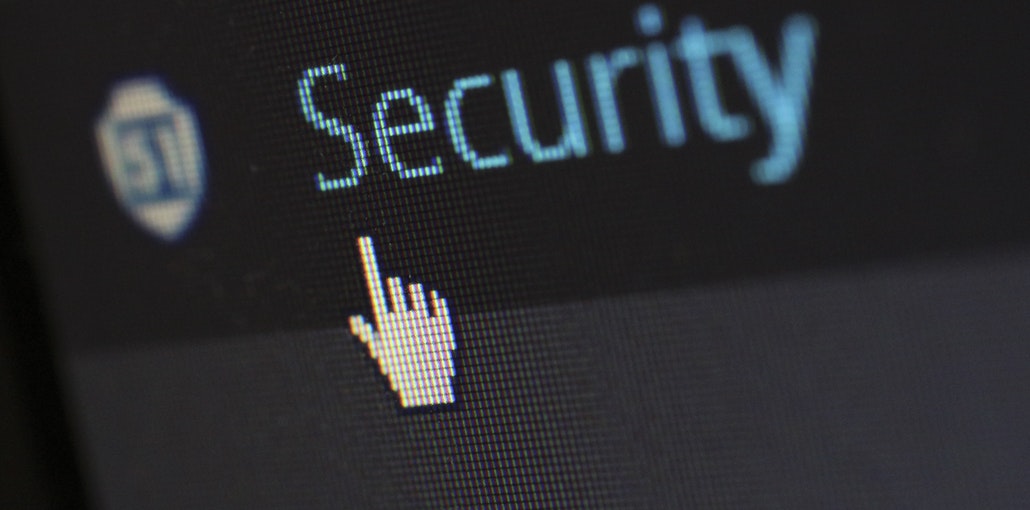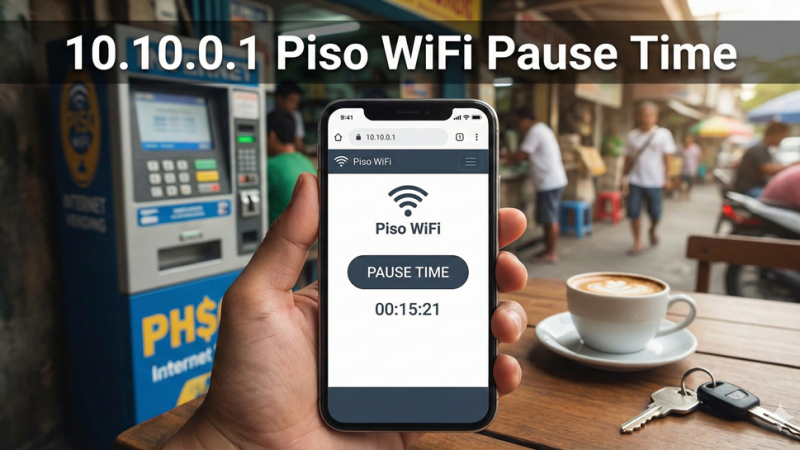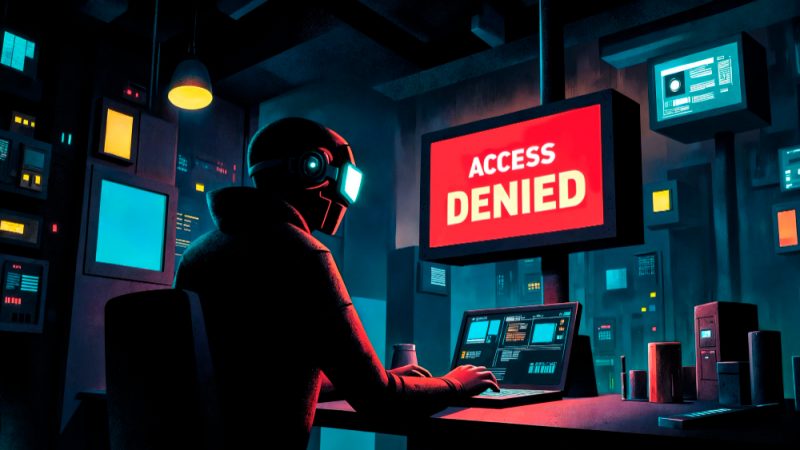Tips to Secure your Devices From Cyber Attacks

Because of the spread of COVID-19, fraudsters have become more advanced in complex phishing emails. Malicious actors are representing the World Health Organization (WHO) or the Center for Disease Control and Prevention (CDC). These emails are meant to trick and deceive recipients into taking measures, for example, to click on a harmful link or to open a virus file.
Any attempt to access a computer, computer system, or computer network is unauthorized to a cyber attack from anywhere. Cybercriminals are generally considered as people who perform cyber attacks. Often called bad actors, actors of danger, and hackers, they include those who act by themselves, use their computer abilities to develop and perform malicious operations. They may also be part of a criminal union that works with other threat actors to identify computer system weaknesses or faults, known as vulnerabilities. These can be exploited for criminal purposes.
Any organization cannot be assured of preventing a cyber attack, but organizations can adopt several best practices for cyber-security to reduce risk. A combination of qualified safety specialists, systems, and technology is necessary to reduce the danger of a cyber attack. Here we have put together a list of ways you can reduce the risk of cyber attacks:
1. Updated Softwares to fight cyber attack
For both enterprises and consumers, ransomware assaults were one of the top 2017 cyber attack vectors. Not using obsolete software, both OS and Application, is one of the most essential cybersecurity advice for mitigating ransomware. This helps eradicate important vulnerabilities used to access your devices by hackers. Here are a couple of quick tips to start:
Enable your device’s automatic system updates. Make sure you use automatic security updates for your Desktop web browser. Maintain updated plugins such as Flash, Java, etc.
2. Anti-Virus & Firewalls for cyber attack prevention
The most common solution for fighting cyber attacks is the Anti-Virus (AV) Protection Software. AV Software limits the entry and compromise of malware and other dangerous viruses on your system. Use trustworthy vendor anti-virus software and run only one AV tool.
It is also crucial for you to use a firewall to secure your data against harmful cyber attacks. A firewall helps to screen hackers, viruses, and others across the Internet and determines the traffic to which your device is allowed. The corresponding firewalls for Windows and Mac OS X come with the moniker of the Windows Firewall and Mac Firewall.
3. Healthy and Strong Passwords help fight cyber attack
The most important strategy to prevent network breaches is to use safe passwords. The safer your passwords are, the harder your system is to be invaded by a hacker. Often longer and more complex implies safer. Use a password with a combination of numbers, uppercase and lowercase letters, and computer symbols with at least 8 characters. Hackers offer an array of tools in minutes to break easy and short passwords.
Do not use recognizable birthday words or combos, or other information associated with you. Neither reuse passwords.
4. Hardware Backup
You should start doing so immediately if your company doesn’t back up your hard drive already. It is important to back up all necessary information in case of hackers succeed in getting through your system and taking it all.
Always make sure that following any data breakdown or loss, you can reconstruct as soon as feasible. macOS(Time Machine) and Windows (File History) built-in backup applications are ideal places to start. An external hard drive backup can also give these utilities enough room to work effectively.
5. Avoid Phishing Emails
Phishing schemes are a persistent concern – cybercriminals try to divulge information such as your login ID and password, banking, or credit card information using a variety of social engineering. Phishing scams can be done via telephone, text, or social networking – usually by e-mail. Be cautious of any official email or telephone call requesting personal or financial information.
6. Two-Factor Authentication
A strong password is crucial, but two or multifactor authentication is even more imperative. This solution includes two protection layers. There is still another security mechanism in place to ensure that your account is not hacked if a hacker can guess your password accurately.
7. Go For Virtualization
Not everyone needs to follow this approach, but you expect to be harassed by spyware and viruses when you visit questionable websites. Although browser-based infiltration is best avoided by getting clear of harmful websites, virtualization enables you to run your browser in a virtual environment such as Parallels or VMware Fusion that keeps your operating system safer.
8. Personal Identifiable Information (PII)
Personal Identifiable Information (PII) is any data that may be used to recognize or find a person by a cyber-criminal. PII includes data like name, address, telephone number, birth information, IP number, location information, and other physical or digital identity data. PII includes all the information you want to access. If firms comply with PCI DSS rules, your credit card information should be protected.
The number one cause of security breaches today is hacking, phishing, and malware events. More worrying, though, are these hacking attempts were somehow the consequence of human blunders. In fighting cybercriminal activity and preventing security breaches, education and awareness are very crucial.
There are fairly a lot of cyber attacks out there. We are ready to help you prevent future attacks on your company! But you need to make sure you consider the ideas above when trying to figure out how to prevent cyber attacks in your organization.
Author bio: Alena James is a senior content marketer at DealMeCoupon, assisting clients from different industries with their marketing efforts. With hands-on experience in delivering high-quality content for a wide array of topics, She is exceeding the expectations of clients






